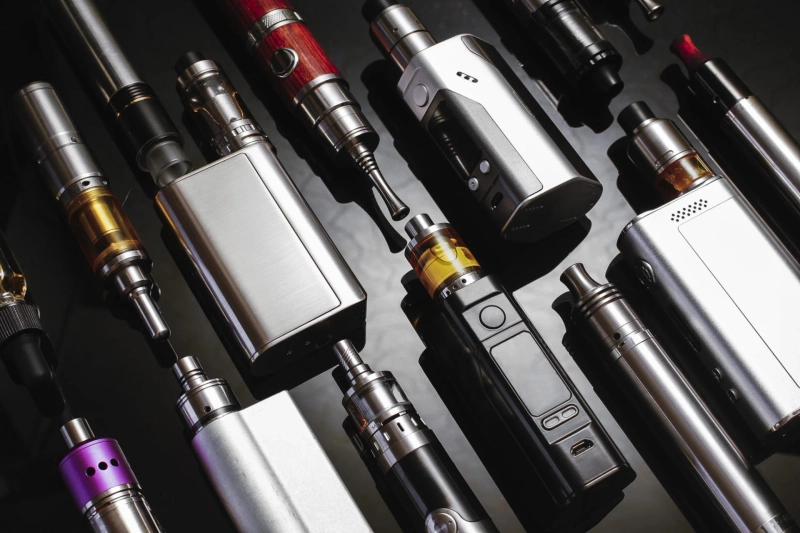Over the past decade, vaping has surged in popularity, becoming a widespread alternative to traditional smoking. With its origins in the quest for a less harmful nicotine delivery system, vaping has evolved into a cultural phenomenon with a complex and varied landscape. This article explores the history, mechanics, benefits, risks, and the cultural impact of vaping.
A Brief History
The concept of an electronic cigarette dates back to the 1960s, but it wasn't until the early 2000s that modern vaping technology took off. In 2003, Chinese pharmacist Hon Lik developed the first commercially successful e-cigarette, aiming to create a safer way for people to consume nicotine. The product gained international attention, and by the late 2000s, e-cigarettes and other vaping devices began to appear on the global market.
How Vapes Work
Vapes, or electronic cigarettes, consist of several key components:
Battery: Powers the device.Atomizer: Heats the e-liquid to produce vapor.E-liquid (or vape juice): Contains propylene glycol, vegetable glycerin, flavorings, and usually nicotine.Mouthpiece: Allows the user to inhale the vapor.When the device is activated, usually by pressing a button or simply inhaling, the battery powers the atomizer, which heats the e-liquid. The liquid then turns into vapor, which the user inhales.
Types of Vapes
Vaping devices come in various forms, including:
Cig-a-likes: Resemble traditional cigarettes, often disposable.Vape Pens: Compact and pen-shaped, offering more battery life and vapor production.Pod Systems: Portable and user-friendly, often utilizing pre-filled or refillable pods.Mods: Larger devices with customizable settings for advanced users, offering greater control over vapor production and flavor.Benefits of Vaping
Proponents of vaping highlight several advantages over traditional smoking:
Reduced Harm: Vapes contain fewer toxic chemicals compared to cigarette smoke.No Combustion: Vaping eliminates the harmful by-products of burning tobacco.Variety of Flavors: Wide range of e-liquid flavors, enhancing the vaping experience.Controlled Nicotine Intake: Users can choose e-liquids with varying nicotine strengths.Regulatory Landscape
The rapid rise of vaping has prompted varied regulatory responses worldwide. Some countries have embraced vaping as a smoking cessation tool, while others have imposed strict regulations or outright bans. In the United States, the Food and Drug Administration (FDA) has implemented measures to regulate the manufacture, sale, and marketing of e-cigarettes, focusing on preventing youth access and ensuring product safety.
The Cultural Impact
Vaping has not only changed the landscape of nicotine consumption but has also influenced culture and social practices. Vape shops and lounges have sprung up, offering spaces for enthusiasts to gather and share experiences. Online communities and social media influencers have further fueled the growth of vaping culture, contributing to its mainstream acceptance.
Conclusion
Vaping represents a significant shift in the way people consume nicotine, offering both potential benefits and risks. As research continues to uncover more about its health impacts, and as regulations evolve, the future of vaping remains a dynamic and contentious topic. Whether seen as a harm-reduction tool or a public health challenge, vaping has undeniably left an indelible mark on modern society.


